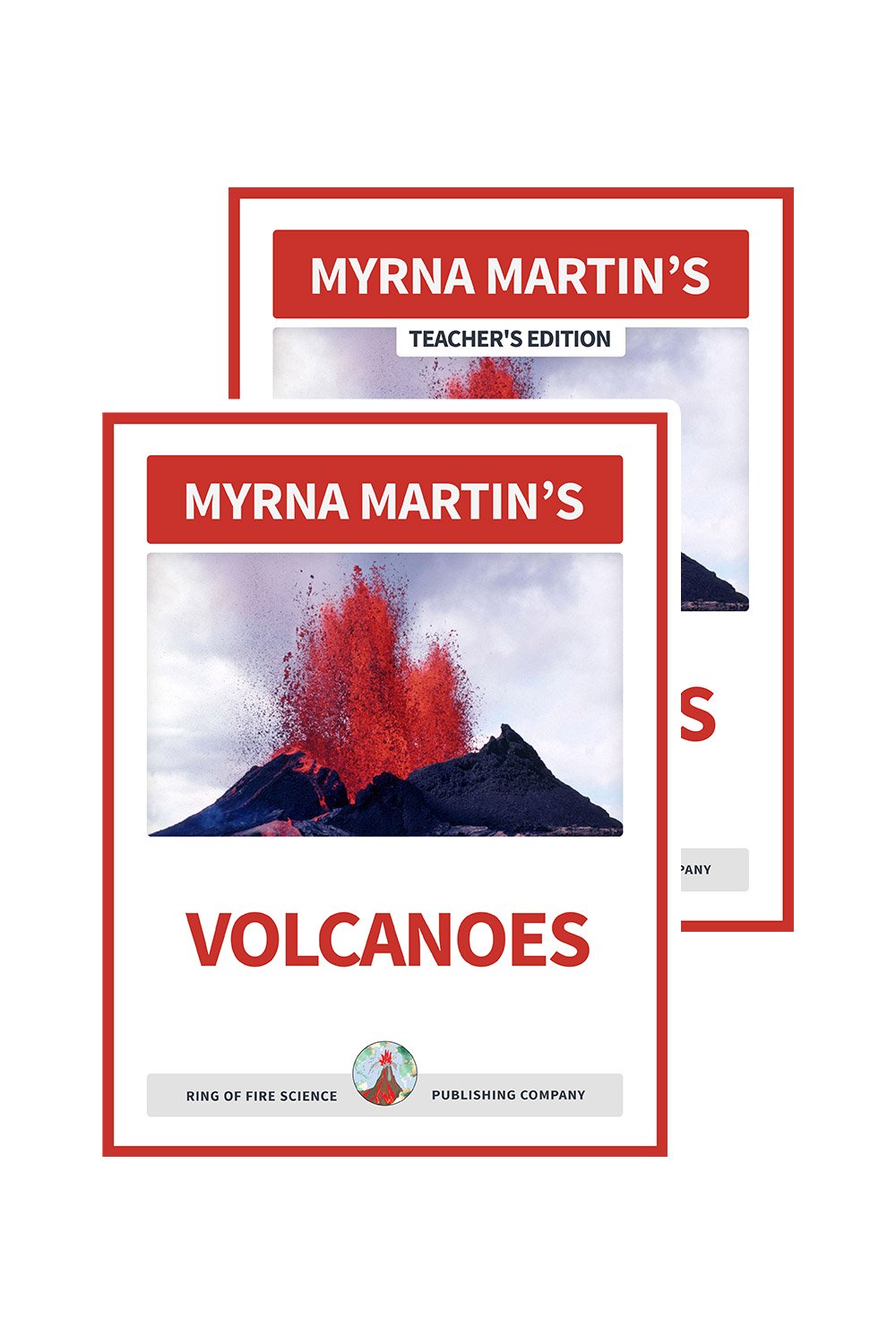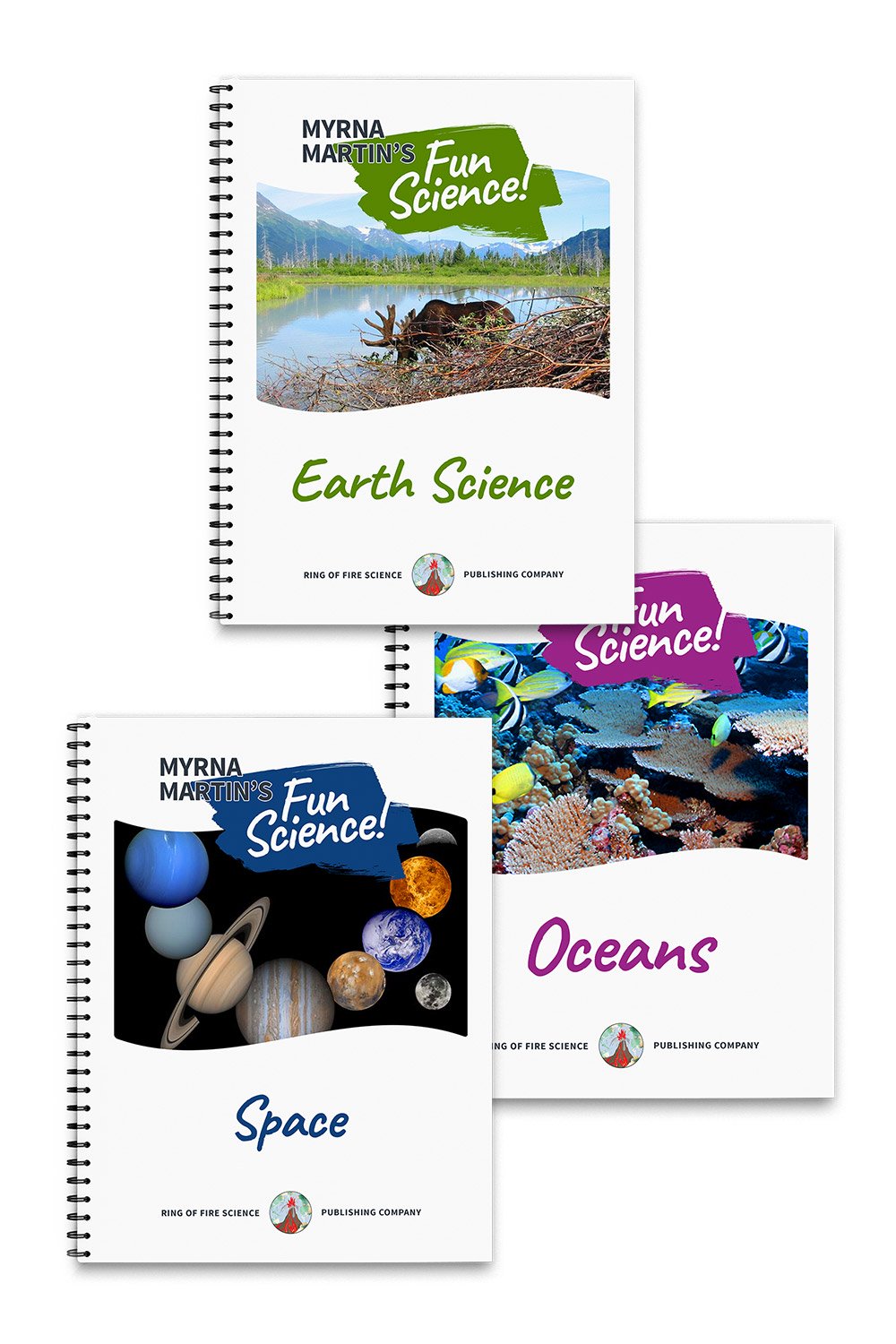Earthquake Epicenter
The earthquake epicenter is a point on the Earth's surface directly above an earthquake. Scientists determine the epicenter by studying the P waves and S waves produced by all earthquakes.
P waves are compression waves and travel faster through the Earth than S waves. S waves are transverse waves that travel in a wavy motion similar to moving a jump rope back and forth in the air.
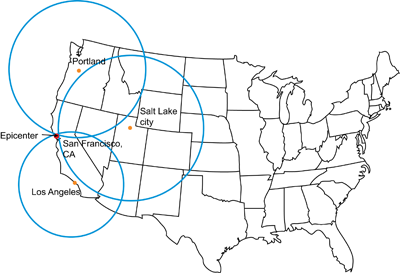
P waves and S waves
The P waves and S waves are recorded on seismographs. Scientists use the
difference in arrival times between the two sets of waves to determine
the distance the where the rocks fractured at the beginning of the
earthquake. Seismologists draw circles around the location of each reporting station. They use the time travel difference between the P waves and S waves to determine how far away the earthquake's focus is from each reporting station with a seismograph.
Locating the epicenter
Seismologists gather data from at least three seismographs to plot the location of an earthquake. The point where at least three circles intersect on a map is the epicenter of the earthquake.
It is important to people hearing the reports of a major earthquake to know approximately where the earthquake is located. Scientists know people can get a better understanding where an earthquake occurred if they give the information relative to towns and cities in an area.
For instance, the epicenter of an earthquake might occur 20 miles north of Los Angeles, California. People hearing the news about the earthquake know it occurred in California. It probably occurred somewhere along or near the San Andreas Fault. Finally, they know the earthquake was near the metropolitan area of Los Angeles, California.
1989 World Series Earthquake
The October 1989 earthquake which took place during a World Series Baseball game epicenter was not in San Francisco where so much damage occurred. Instead the epicenter was near Loma Prieta, a peak in the Santa Cruz mountains. A distance of 10 miles to the city of Santa Cruz.
The focus of the earthquake was 11 miles beneath the Earth's surface and was a thrust fault. This means that the fault rupture did not break the ground surface. The only evidence on the ground were some superficial ground cracks.
More Earthquakes Links
Primary Waves Find out about primary waves which are the first earthquake waves to reach reporting stations.
Mercalli Scale Find out about the Mercalli scale that measures the intensity of an earthquake rather than its magnitude.
Earthquake Zones Find out more about earthquake zones that outline tectonic plate boundaries where plates are coming together, moving apart and slipping past each other.
1960 Chile Earthquake The 1960 Chile earthquake was the largest of the 20th Century. Find out what causes this great earthquake.
Earthquake Epicenter Find out where earthquake epicenters are located and how they are determined on this webpage.
Alaska Earthquake The Great Alaskan Earthquake was the second largest earthquake of the 20th Century. Find out about the landslides and tsunamis generated during the earthquake.
Earthquake Facts Find out about the discoveries that have been made by scientists using earthquake waves including layers of the Earth and outlining tectonic plates.
Home Kids Earth Science links to all the categories on our website.
KIDS FUN SCIENCE BOOKSTORE
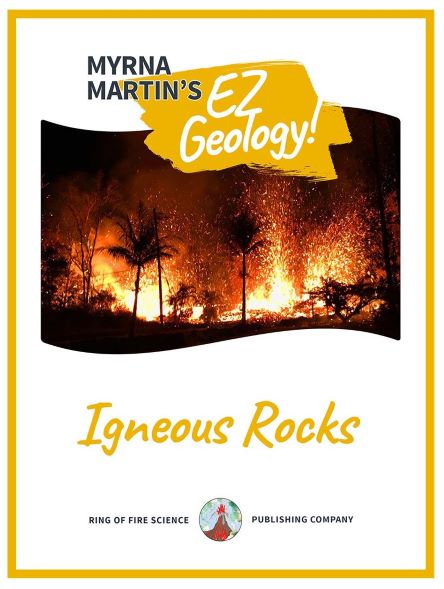 |
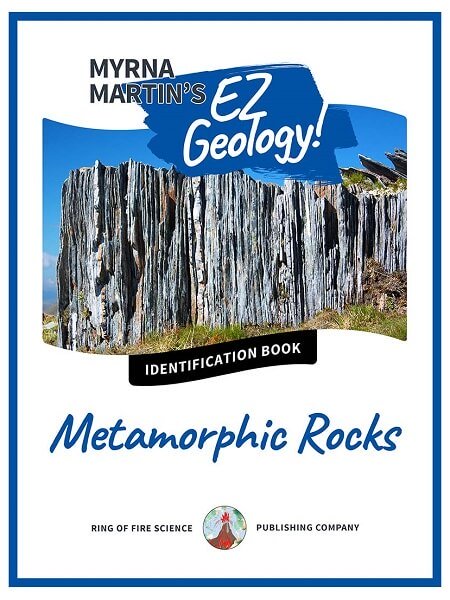 |
Check out Myrna Martin's award winning textbooks, e-books, videos and rock sets. The Kids Fun Science Bookstore covers a wide range of earth science topics. Click here to browse.
Sign up to our monthly newsletter and receive our FREE eBook containing 3 fun activities that don’t appear in any of our other books!
The Kids Fun Science monthly newsletter will include the following: current events, weird and fantastic facts, a question of the month, science trivia and the latest new content from our website.
We respect your privacy and you can be assured that we will never share your email address or use it for any other purpose than to send you our newsletter.



